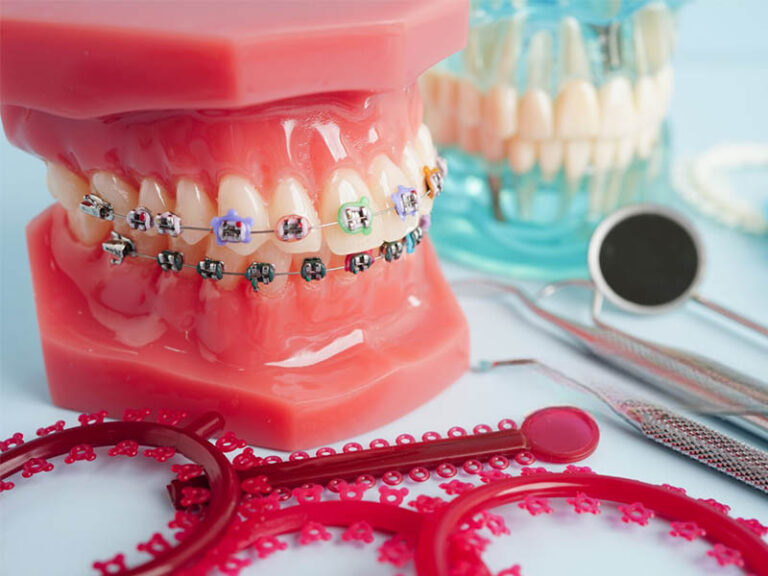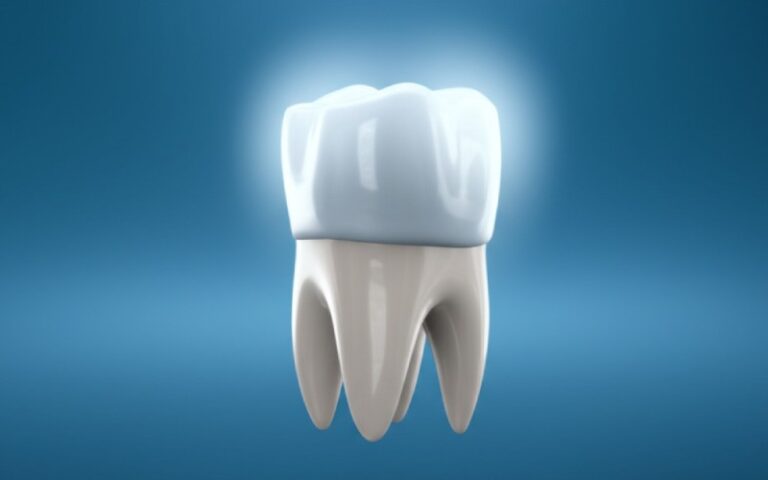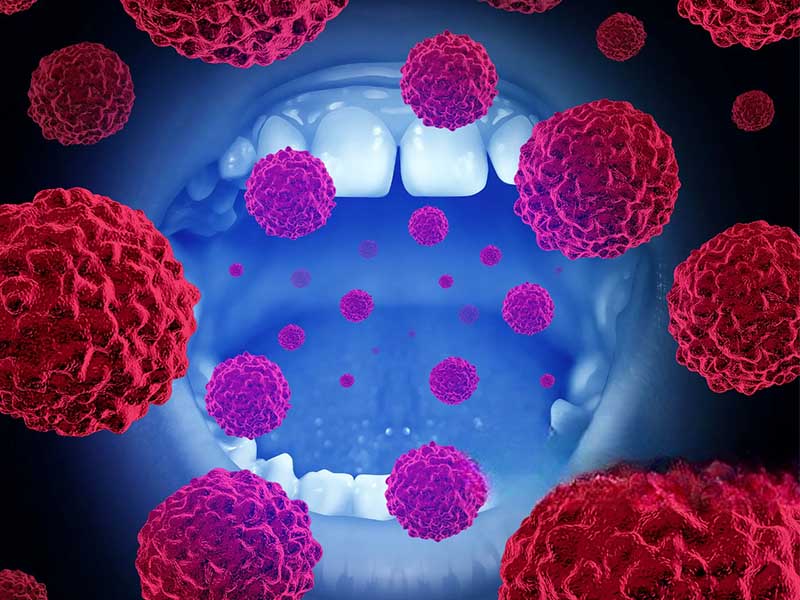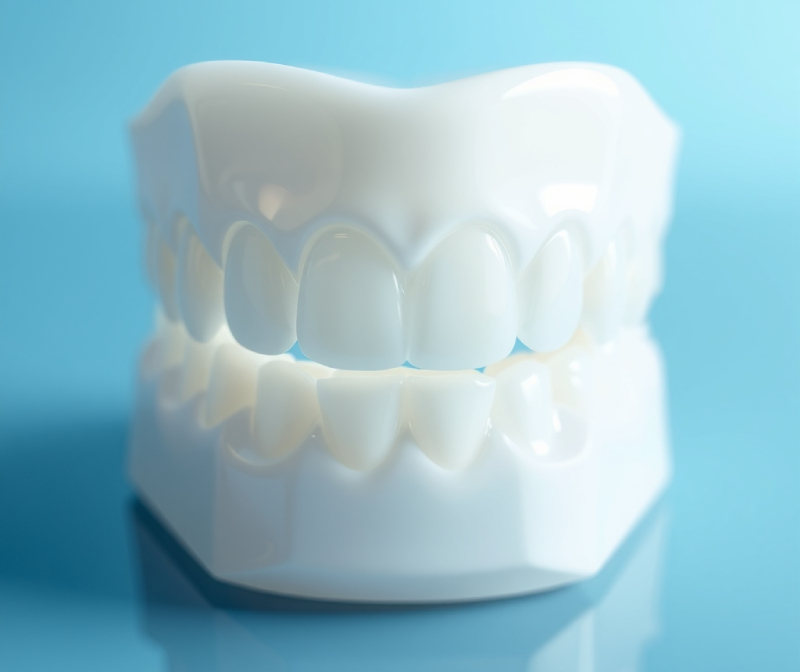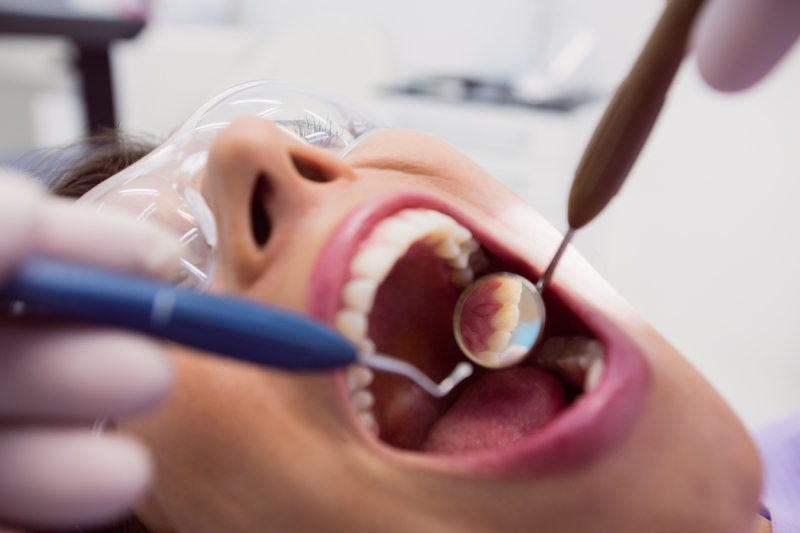
The Economic Calculus of Oral Cancer: How Smart Money Choices Make a Healthier World
That sinking feeling when you hear “oral cancer” from your dentist or doctor—it’s enough to make anyone worry. But here’s the thing: besides the pain it brings to you and your family, oral cancer also brings a hidden cost that hits everyone, from you to the government. Have you ever wondered just how much it costs to treat—or even better, stop—oral cancer? And is it possible to look at health choices like an investor looking at business deals? If you have, you’re not the only one.
Let’s dig into a question not many people ask out loud: “What does oral cancer really cost, and how can we make better money decisions that help save lives?” We’ll break down the numbers in plain language, use some easy money tools (yes, you really can use Wall Street tricks for health!), and show you how making better choices now can lead to longer, healthier lives later. If you care about your health, your family’s future, or even how tax money is used, stick with me—this is something everyone should know.
Table of Contents
1. The True Costs of Oral Cancer (and Why You Should Care)
Let’s answer the big question: “Will oral cancer break my family or bring down the health system?” Lots of people think about it. It seems tricky, but knowing the facts gives you power:
- Oral cancer starts in the mouth or throat. Most times, it’s linked to smoking, drinking, and infections like HPV (human papillomavirus).
- Worldwide, over 377,000 people get diagnosed every year, with around 178,000 deaths each year. In the U.S., more than 54,000 new cases show up every year (Global Cancer Observatory; American Cancer Society, 2023).
- Treatment can mean surgery, chemo, radiation, and long rehab, like speech therapy or fixing teeth.
What makes oral cancer so tough is its hidden money cost. Let’s break it down:
Direct Costs
When you or someone you love gets oral cancer, the bills can get out of hand fast:
- Testing: Scans, taking samples, and lab work.
- Treatment: Surgery, radiation, chemo, special medicines.
- Staying in the hospital and aftercare: ICU, recovering, rehab (like learning to swallow or talk again).
- Fake teeth or dental care: Some people need new teeth or repairs after surgery.
- Comfort care: Help when a cure isn’t possible.
Research says the average cost per patient in the U.S. goes from $60,000 up to more than $200,000, especially if caught late (JAMA Otolaryngol Head Neck Surg 2017).
Indirect Costs
The money trouble doesn’t stop with medical bills. The ripple gets even bigger:
- Lost pay: Patients usually can’t work while getting treated or after. Family often misses work too.
- Less work done: Getting sick means doing less on the job.
- Emotional and family costs: Feeling anxious, sad, changes in how you look or talk, family stress—you can’t put a price, but the trouble is real.
A Cancer Journal (2013) study found lost work each year could be between $20,000 and $60,000 per patient.
Costs to Society
Bring this up to a bigger level:
- Care costs hit health systems, insurance, and public budgets.
- Lost work means less tax money and more need for help.
- Some countries have it even rougher, where there isn’t enough care.
But here’s the hope: with smart choices, many of these costs—from what you pay at the hospital to the years lost—can be avoided.
2. How Money Tools Like Net Present Value (NPV) Work Here
Switching gears. You might think:
“Hang on—what do investing tools have to do with cancer?”
Fair question. Simple answer: Just like you don’t buy a car without thinking about money, health pros, researchers, and governments use money tools to make choices about health. One of the best tools is called Net Present Value, or NPV.
What’s NPV?
Net Present Value is an idea from the money world. Say you have cash. Should you spend it now, or put it somewhere else and do better later? NPV adds up all the money you hope to save or earn from an idea in the future and compares it to what you pay today.
Math heads say:
NPV = (Money you save or get later—counted in today’s dollars) – What you spend now
You count money from the future in “today’s dollars” because a dollar now is worth more than a dollar later (since you can use it or things get more expensive).
How Does NPV Fit Health—and Oral Cancer?
Good question! Let’s make it clear. Health agencies, insurance, and those who pay for research want to know:
- Is it smarter to spend money stopping cancer now, or just pay high costs later?
- What’s the “return on investment” for things like vaccines or catching cancer early?
- Should we spend on new testing tools or clinics?
NPV helps compare these choices with real numbers—just like when you decide whether to fill the attic with insulation or keep paying high heating bills every year.
3. How Smart Spending Can Stop Oral Cancer Before It Starts
Here’s some good news: Not every health fix is pricey. Spending a little at the right time can stop expensive—and awful—treatments later.
Let’s look at the top four smart moves:
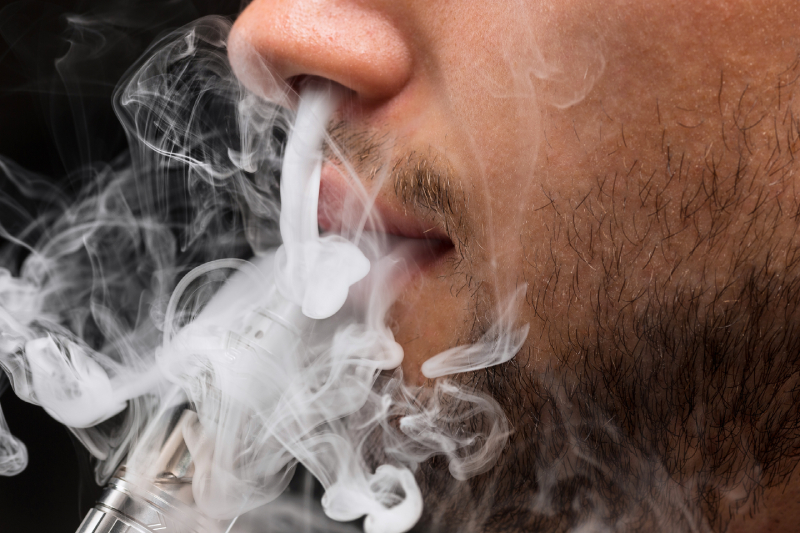
3.1 Prevention (HPV Shots, Quitting Tobacco, Sharing Info)
- HPV Shots: HPV causes lots of oral cancers. Vaccinating kids and adults now is proven to stop many cancer cases down the road. The CDC calls HPV shots some of the best (and sometimes money-saving) health ideas ever. Each dollar spent now saves many later.
- Programs to Help Quit Tobacco: Most oral cancers in grown-ups happen because of tobacco. Helping people quit saves lives and money—less ER use, fewer big surgeries, less time off work.
Quick Example:
If a city spends $1 million on a big anti-tobacco push and saves $4 million in future bills for cancer and heart problems, that’s a good NPV—the money spent was worth it.
3.2 Catching It Early & Checks
Catch oral cancer early, and you get:
- Smaller, cheaper treatments
- Less chance of losing the ability to talk or swallow
- Better chance to beat it
Looking in the mouth—when trained people check for weird red or white spots—can work, especially for high-risk folks (smokers, heavy drinkers, those with HPV). The price of a regular mouth check or screening is way less than treating big, late-stage cancer.
Some research says focused screening for high-risk people is worth the money. Screening everyone isn’t always worth it—depends on who you’re checking and what you can spend.
3.3 New Treatments and Tools
- Drug and device makers use NPV to decide if it’s smart to gamble millions on a new cancer pill or testing tool.
- If you can make back more than you spent—after counting in the time value of money—it’s worth doing.
3.4 More Clinics & Better Access
- Spending on special cancer centers, dental clinics, or rural care makes sure more people get checked and treated fast.
- Better access has its own “NPV” by lowering the need for emergency care and stopping long-term trouble, which costs way more.
4. Examples: How Prevention and Early Checks Save Big Money
Let’s put some real numbers to work. Here’s how NPV shows up in real life:
Example Table
| What’s Done | Cost at Start | Savings Over Time | NPV Result |
|---|---|---|---|
| HPV Shots | ~$150–$600 each | $2,000–$13,000 saved in cancer bills, plus more healthy years (CDC, Vaccine 2016) | VERY GOOD—especially good for people at risk |
| Help to Quit smoking | $400–$800 per smoker per year (hotlines, talks, meds) | $1,000–$10,000+ saved in cancer, heart, and lung bills per quitter | VERY GOOD NPV for focused programs |
| Mouth Checks | $10–$50 each visit | $40,000–$150,000+ saved by finding cancer early, plus other savings (J Oral Maxillofac Surg. 2015) | Worth the cost for high-risk people; less so for everyone else |
| New Testing Tool | $10 million up front, $2 million saved or earned each year for 10 years | $20 million (future) in savings counted today—if that beats the $10 million, it’s a go | Used by companies and clinics to decide if it’s worth it |
So what does all this mean?
Stopping cancer or catching it early is not just kinder—it usually makes better sense for your wallet too.
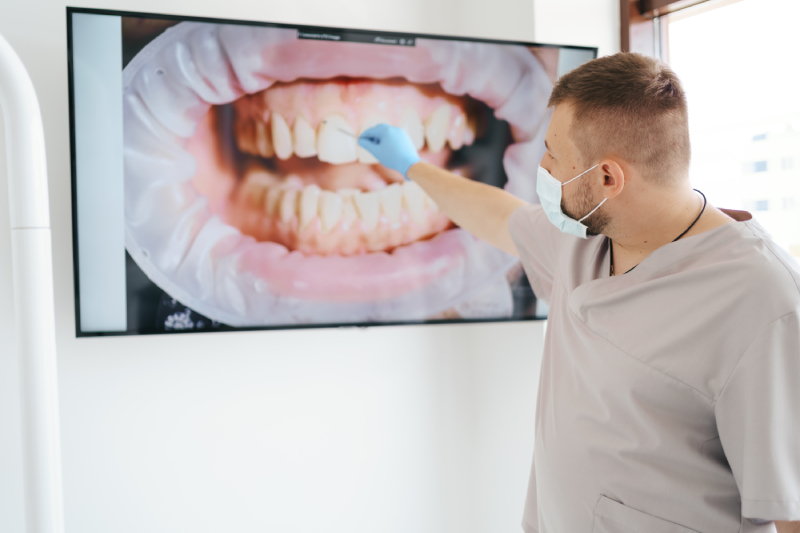
5. When to Worry—and Steps You Can Take for a Healthier Life
Okay, numbers are great, but you might still think: “What does this really mean for me and my family?” This is what truly matters.
What You Can Do
- Understand Your Risk: If you smoke, chew tobacco, drink a lot, or have HPV, your risk is higher. Oral cancer can hit anyone, but these things make it more likely.
- Self-Checks: Every month, look in the mirror for weird red or white spots, lumps, sores that stay, or a sore throat that won’t go away.
- Good Mouth Care: Brush and floss every day, use fluoride toothpaste, and visit the dentist.
- Quit tobacco and only drink a little—these are the best ways to stop oral cancer.
When to See a Dentist or Doctor
- Regular Visits: Dentists can spot problems before you feel them.
- If Something Weird Shows Up: Go right away if you find new or lasting sores, lumps, numb spots, or can’t swallow, or you bleed for no reason.
Don’t wait for things to hurt. Most oral cancers don’t hurt at the start!
Should You Get the HPV Vaccine?
If you’re a parent or young adult, ask your doctor about the HPV vaccine. It’s safe, really works, and prevents lots of cancers—including oral ones.
Who Is Most at Risk? (Who Should Take Action)
- Grown-ups over 40 (mainly men)
- Those who smoke or drink a lot, now or in the past
- People with HPV
- Those with family history of head and neck cancer
- People who don’t take care of their teeth or have things in their mouth that hurt/bother them for a long time (like broken teeth or dentures that don’t fit)
But here’s some power: A lot of cases can be avoided or caught early with basic steps.
6. The Main Point: Helping You Make the Right Call
Let’s wrap it up simple:
- Oral cancer isn’t just a health worry—it brings huge money and family problems (big bills, lost work, tough times for everyone).
- Stopping cancer and catching it early save the most money and lives. HPV shots, quitting tobacco, and seeing a dentist often are smart for your health and pocket.
- NPV and other money tools help leaders see savings in the long run—don’t just look at what things cost today. Stopping problems is usually a smart bet.
- Small things you do every day matter. Brush, floss, get checked—no fancy math needed.
- If you or someone you love sees mouth changes, act quick. Treating early saves money, pain, and lives.
Your Smile, Your Health, Your Future—They’re All Worth It.
Frequently Asked Questions
Does treating oral cancer always cost a lot?
Costs go up fast if found late: hospital, surgery, rehab. Finding it early is way cheaper.
Does insurance pay for prevention?
Many plans now pay for HPV shots, quitting programs, and yearly dentist visits. Ask your insurance company to be sure.
What’s the best way to cut my risk?
Don’t smoke or chew, drink less, take care of your teeth, and see your dentist. Getting your kids vaccinated for HPV is a great move.
Do my choices really work to cut cancer?
Yes! Most oral cancers are tied to things you can avoid. Prevention and early checks aren’t perfect, but they can save lives.
The Main Takeaway: Your Next Steps
- Brush and floss every day, and see your dentist twice a year.
- If you or your kids can get the HPV vaccine, do it.
- If you see a new or weird spot in your mouth, call a dentist or doctor.
- If you smoke or chew, get help to quit. It’s never too late to start over.
- Share this info with your friends and family. The more people know, the healthier your whole town will be.
Remember, making smart, simple choices—both for yourself and for everyone—gives back the best rewards, for your health, well-being, and your wallet.
Sources:
- American Cancer Society. Cancer Facts & Figures 2023.
- World Health Organization, Global Cancer Observatory, 2020.
- CDC, MMWR, HPV Vaccination.
- JAMA Otolaryngol Head Neck Surg 2017.
- Cancer J. 2013; J Oral Maxillofac Surg. 2015.
- Vaccine. 2016.
- IHME Global Burden of Disease 2019.
If you have more questions, talk to your dentist or doctor—taking care of your health is a choice you’ll never regret.


